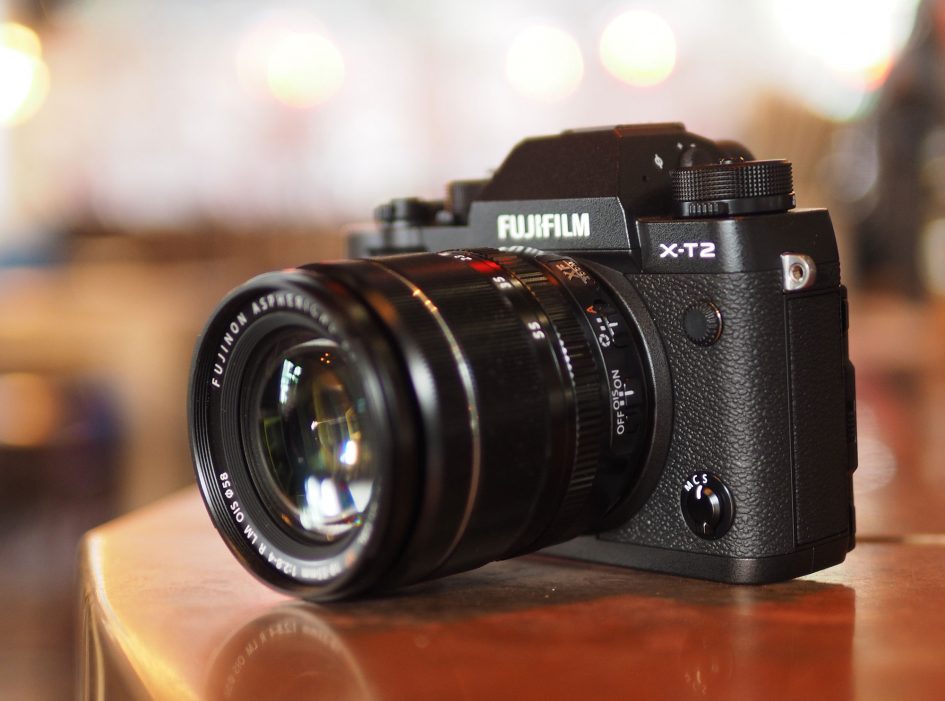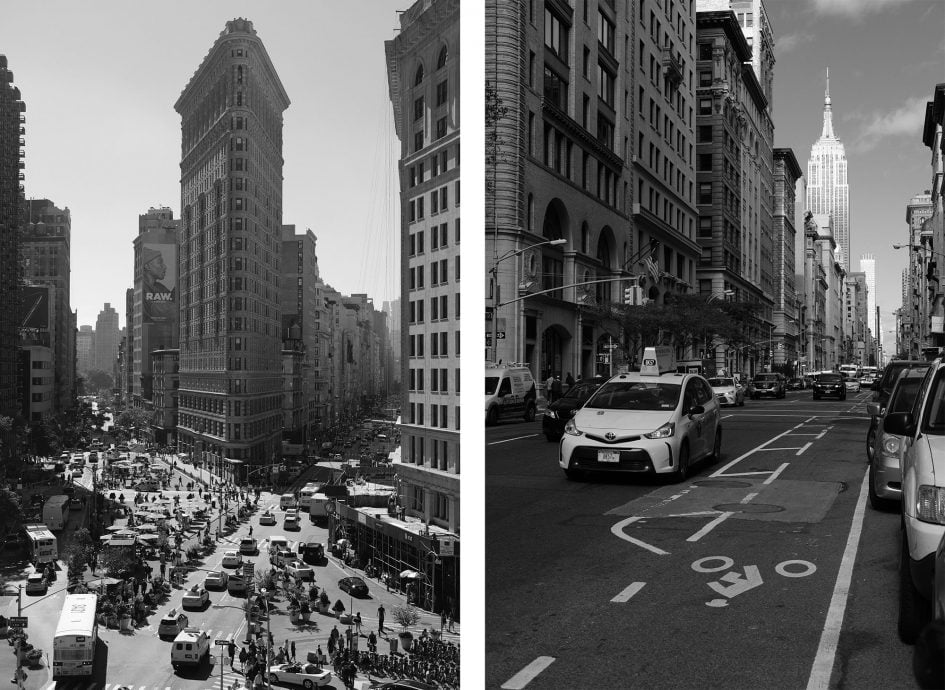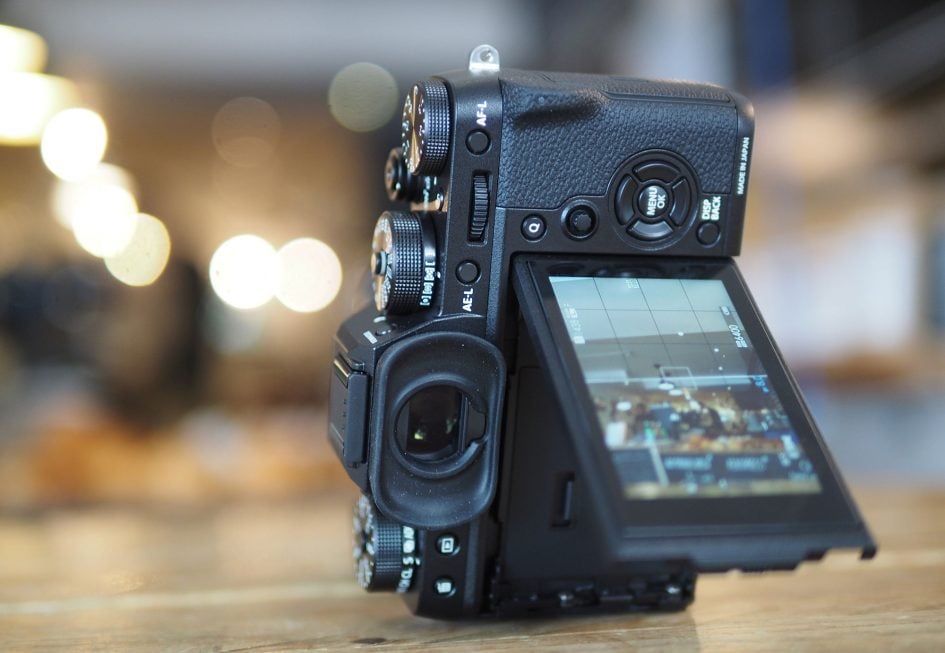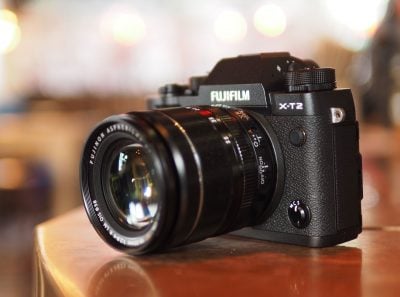Fujifilm XT2 review
-
-
Written by Gordon Laing
Verdict
The Fujifilm XT2 is a high-end mirrorless camera that represents a significant upgrade over its best-selling predecessor and raises the bar on what we can expect from the X-series. As expected, it inherits many of the upgrades recently deployed on the X-Pro2 including the latest 24 Megapixel X-Trans III sensor with its broader and denser phase-detect autofocus array, twin memory card slots, AF joystick, 1/8000 shutter, clickable front and rear dials and high contrast ACROS monochrome film simulation.
These alone would be enough for many XT1 owners to consider an upgrade, but the XT2 also becomes the first X-series ILC to feature 4k video and a screen that flips sideways as well as vertically. It also enhances the capabilities of the Continuous AF system with new customizable profiles. Then there’s the small but important enhancements like in-camera USB charging, swapping the old 2.5mm mic jack for a much more common 3.5mm variety and greatly improving the feel and operation of the buttons and dials. To me this is what makes a really successful new camera: one that not only embraces new technology, but also improves the controls and ergonomics. New buttons may not make the headlines, but arguably have a bigger impact on day-to-day shooting than the latest electronics, and as an existing XT1 owner, I can assure you the XT2 is considerably easier and more enjoyable to use.
The unexpected bonus though is the Vertical Power Booster, which at first glance appears to be a normal portrait battery grip, but in practice transforms the camera’s handling. For starters where most grips prevent you from using the battery in the body, the VPB lets you use all three, tripling the life and giving each an icon on-screen. By prioritizing the grip batteries, body overheating can also be better-managed, allowing the camera to triple 4k recording times from ten minutes to 29:59. The increased power on tap also enhances the Performance Boost mode, accelerating the top mechanical burst speed from 8 to 11fps, while visibly speeding-up the focusing and reducing lag and blackout. The grip also includes a headphone jack and DC input which, with the supplied AC adapter, can charge two batteries simultaneously or power the camera from mains. It really is a must-have accessory whether you shoot stills, video or both.

In use the XT2 is a dream: it feels great, handles confidently and delivers superb images straight out of camera. Fujifilm’s managed to boost the resolution from 16 to 24 Megapixels without compromising noise or dynamic range in most situations, and I was very happy to use JPEGs without modification.

As before, Fujifilm’s various Film Simulations will get you most or all of the way to the desired result and the new ACROS monochrome style has already become a firm favourite. Don’t get me wrong, I still shoot RAW on the XT2, but generally only for exploring the camera’s own processing in playback, trying out different simulations and effects after the event.

I’m also delighted to report the movie quality is a huge step-up from previous X-Trans II models. Fujifilm was never known for its video quality, but now the 4k on the XT2 is up there with the best APS-C models including Sony’s A6300 and A6500, not to mention Canon’s EOS 5D Mark IV (which takes a roughly APS-C crop to generate 4k). It’s also nice to be able to apply the same Film Simulations to video.
Autofocus is another area where Fujifilm has made significant improvements. I’d already experienced the new embedded AF array in action on the X-Pro2, but it all comes together on the XT2 with customizable profiles, faster burst shooting and a viewfinder that’s better-suited for use with telephotos. It’s amazing to think that a system which launched with lacklustre AF only a few years ago is now among the best in its class.

As an existing XT1 owner though, it’s the small improvements in ergonomics which really struck me in day-to-day use: the clickable thumb and finger wheels, the more pronounced cross-keys on the rear, the taller shutter and ISO dials, and best of all the AF joystick and a screen which can now angle out to the side for easier composition in the portrait orientation. Spend only a little time with the XT2 and returning to the XT1 will have you seeking out the new model again.

It should be obvious by now I loved shooting with the XT2 and it’s become my camera of choice for most of my personal work. But that’s not to say it’s perfect by any means. For starters there’s a few smaller annoyances which could hopefully be fixed in a firmware update: the lack of F-Log for internal recording, the inexplicably basic exposure bracketing of just three frames and Auto ISO which is blissfully unaware of the lens focal length. All three really ought to be updated as soon as possible for a camera of its class. I also find it odd Fujifilm continues to deploy a basic single-axis leveling gauge like a point-and-shoot when most cameras now sport dual-axis gauges.
Regular readers of Cameralabs will also know I’d have liked the XT2 even more if it had a touch-screen. I know this grates with Fujifilm’s ethos of physical buttons and dials, but it is possible to have both. The AF joystick may be great for stills, but it’s inappropriate for video where you don’t want to be pushing a lever constantly to shift the AF area to pull-focus; there were also times when I’d have liked a simple tap to quickly shift the AF area for stills photography. I’m told the photographers Fujifilm use for product development didn’t express a desire for a touch-screen. I’d challenge that and say there are plenty who do, and those that don’t can simply ignore the feature. Canon, Nikon, Olympus, Panasonic and now even Sony have all implemented touch-screens with great success alongside traditional controls.
I should also note while the autofocus is a World-apart from previous models and capable of capturing a variety of wildlife and sporting action, it’s still beaten in confidence and consistency by the best models out there. Even with a suitably quick lens (you’ll really need to be using the XF 50-140mm or XF 100-400mm as most of the other lenses focus too slowly), I found the hit rate wasn’t as consistently high as rivals like the Sony A6300 / A6500 and Nikon D500, particularly with erratic subjects. If I was a professional sports or wildlife photographer who absolutely needed to nail a difficult action shot I would feel more confident relying on the A6300 / A6500 and especially the D500. If the event was less critical though, or you had multiple chances to reshoot if necessary, then I’d be satisfied with the XT2’s autofocus performance, and I should add I also prefer the output out-of-camera from the Fujifilm too.
And finally, there’s still no built-in image stabilisation. Since writing this original review, Fujifilm introduced built-in IS on the XH1 which is positioned above the XT2, but it’s larger, heavier and more expensive. Time will tell if it ends up deploying the technology on smaller and more affordable bodies. As it stands, the XT2 requires lenses with optical stabilisation to iron-out the wobbles.
Fujifilm XT2 final verdict
The Fujifilm XT2 is a triumphant camera that’s a joy to use. It looks good, feels great and handles superbly in a wide variety of situations – whether you’re shooting people, landscapes, architecture or action, there’s little the XT2 doesn’t feel equipped to deal with. The controls are well thought-out, the viewfinder superb, the response and handling confident, and the output very satisfying straight out-of-camera.

A number of the upgrades over the original XT1 were already known and well-tested from the X-Pro2: the higher resolution sensor, more sophisticated autofocus, twin card slots, AF joystick, 1/8000 shutter, clickable dials and ACROS film simulation all make for a superior camera. But the addition of surprisingly good 4k video, a side-tilting screen, USB-charging, customizable AF profiles and an optional grip which further enhances performance adds up to one of the most powerful and enjoyable bodies at its price point. Coupled with considerate improvements to the controls and ergonomics, I can think of few cameras I’d prefer to use for the money.
As noted above you’ll need a fast lens to enjoy the best from the new AF system and the body would have been even better with a touch-screen and built-in stabilisation. What could be more easily fixed are deeper AE bracketing, F-Log for internal recording and Auto ISO which is aware of the lens focal length, so if you’re listening Fujifilm, let’s have a firmware update soon please!
But these annoyances aside, the XT2 remains a superb all-rounder and a camera that’s easy to Highly Recommend. It may share top-billing with the X-Pro2, but to me it’s the real flagship of the X-series.
Good points
Superb image quality out-of-camera – best in class.
Good quality 4k video with mild crop and good AF.
Very competent autofocus and tracking (with fast XF lenses).
Large viewfinder and screen that tilts vertically and sideways
Great controls, ergonomics and build quality. Weatherproof.
Dual memory card slots and AF joystick.
Built-in Wifi with good smartphone control.
Bad points
Lack of touchscreen limits ease of pulling focus in movies.
No built-in stabilisation.
AE bracketing limited to three frames.
Auto ISO unaware of lens focal length for minimum shutter speed.
F-Log only available on HDMI output, not for internal recording.
Face and eye detection don’t use the phase-detect AF system.
Levelling gauge is single axis only. Most rivals have dual-axis.




